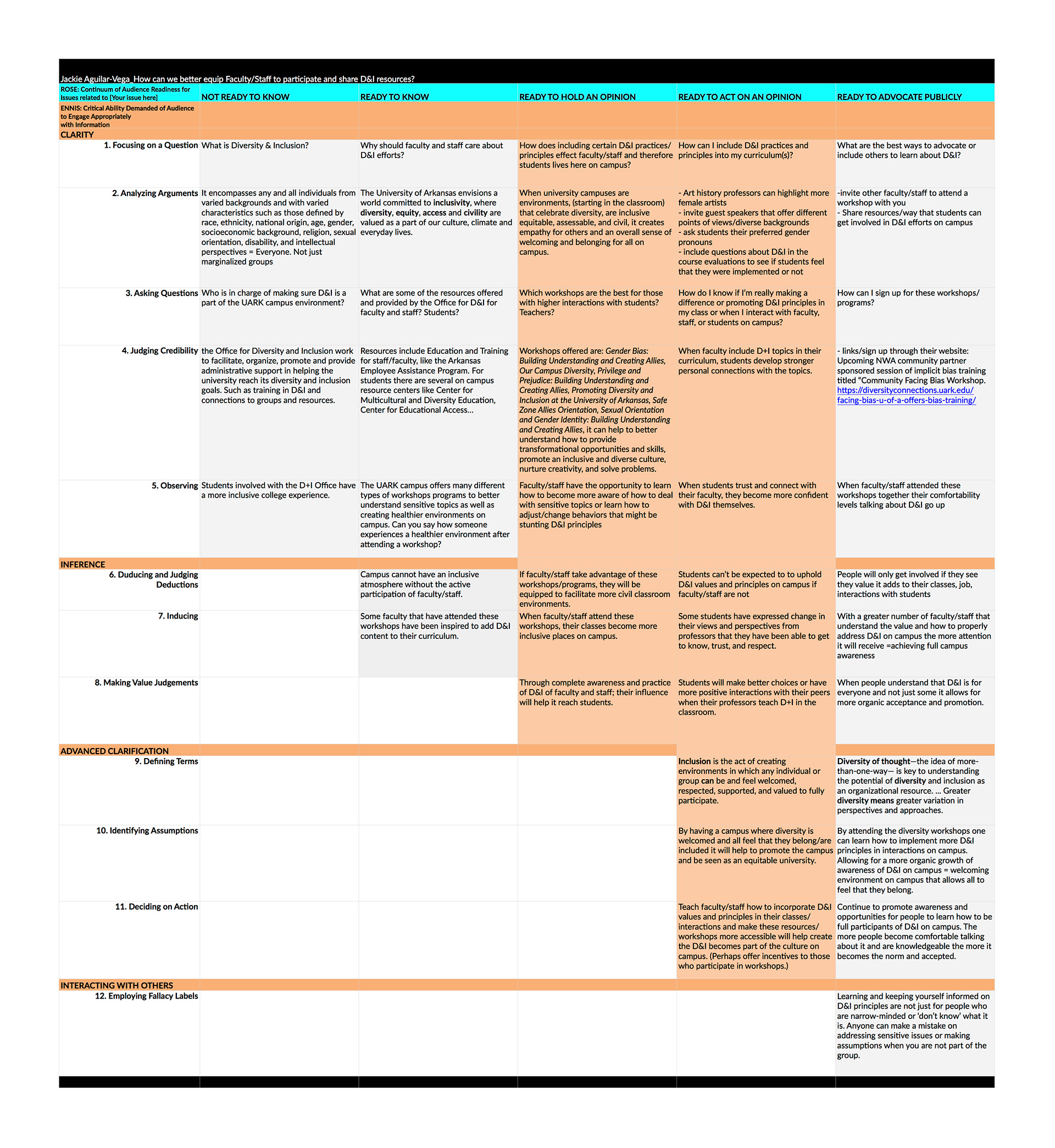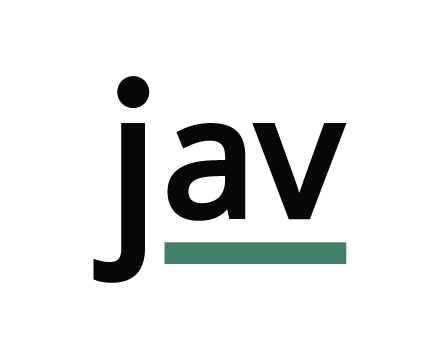As touched on briefly towards the end of the last post about Shifting Mindsets, the Audience Receptivity Gradient or also known as the Rose Gradient; has become a significant part of this process. This tool has helped us to discern where our audience falls on the gradient in order to design a strategy that fits and is catered for them. Below is the same detailed gradient, with the specific mindsets and for each group. As we start to move into research, I've decided to focus on people who are moving from Ready To Hold An Opinion to Ready to Act. Specifically faculty and staff, and really looking at how we can get people (faculty/staff) that care about diversity and inclusion, but just need that extra push to act.
As the Rose Gradient introduces mindsets the next tool or matrix we explored, introduces how to shift mindsets. As these two intersects it shows the different levels of critical thinking competencies for each group. This was needed as it is important to understand that audiences need different types of information, whether thats data driven or based on emotion, at different stages.
At the top is the gradient and then as it goes down towards the bottom, the level of critical thinking expands. This is also where the information became more focused on our target audience and included our research question.
At the top is the gradient and then as it goes down towards the bottom, the level of critical thinking expands. This is also where the information became more focused on our target audience and included our research question.


